Choosing the right mower blade to achieve that manicured and clean-cut lawn you have always been looking for can be a lot tougher than you think. The variations of mower blades are extensive. You also need to know each type’s advantages and disadvantages to decide better.
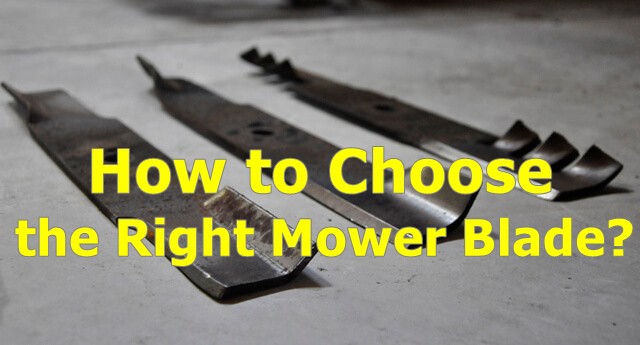
Read Next
The first important thing that needs to be considered is the preference on how you would want your grass to be cut. Grass clippings can be bagged, side-discharged, and mulched. The way it is going to be disposed of will depend on the type of mower blade that you will choose. If you prefer to have the clippings bagged and side-discharged, the lifting blades will do the job for this.
Lifting blades are also known as the standard or 2-in-1 mower blade type. These blades have a slight curve along their edges which results in "lifting" of the airflow. The lifted air flow pulls the grass up to be cut by the blade. Lifting blades are ideal for quick and efficient removal of the grass clipping from the deck.
Now the question is which will be the suitable blades for your lawn - mulching blades or regular blades? Let’s find out more!
Table 1: Mower Blade Factors & Considerations
| actor | Considerations |
|---|---|
| Mower Type | Choose a blade that's recommended by the manufacturer for your mower type (push, self-propelled, riding) |
| Blade Length | Choose a blade length appropriate for the length and thickness of your lawn |
| Blade Shape | Choose a blade shape that's appropriate for your mowing needs, such as flat, mulching, or high-lift |
| Blade Material | Choose a high-quality blade made of durable materials, such as steel, aluminum, or composite |
| Price | Consider your budget and choose a blade that's affordable and provides good value for the price |
By considering these factors and making an informed decision, you can choose the right mower blade that's appropriate for your lawn type and mower, and maintain a healthy, green lawn.
Grass Clippings
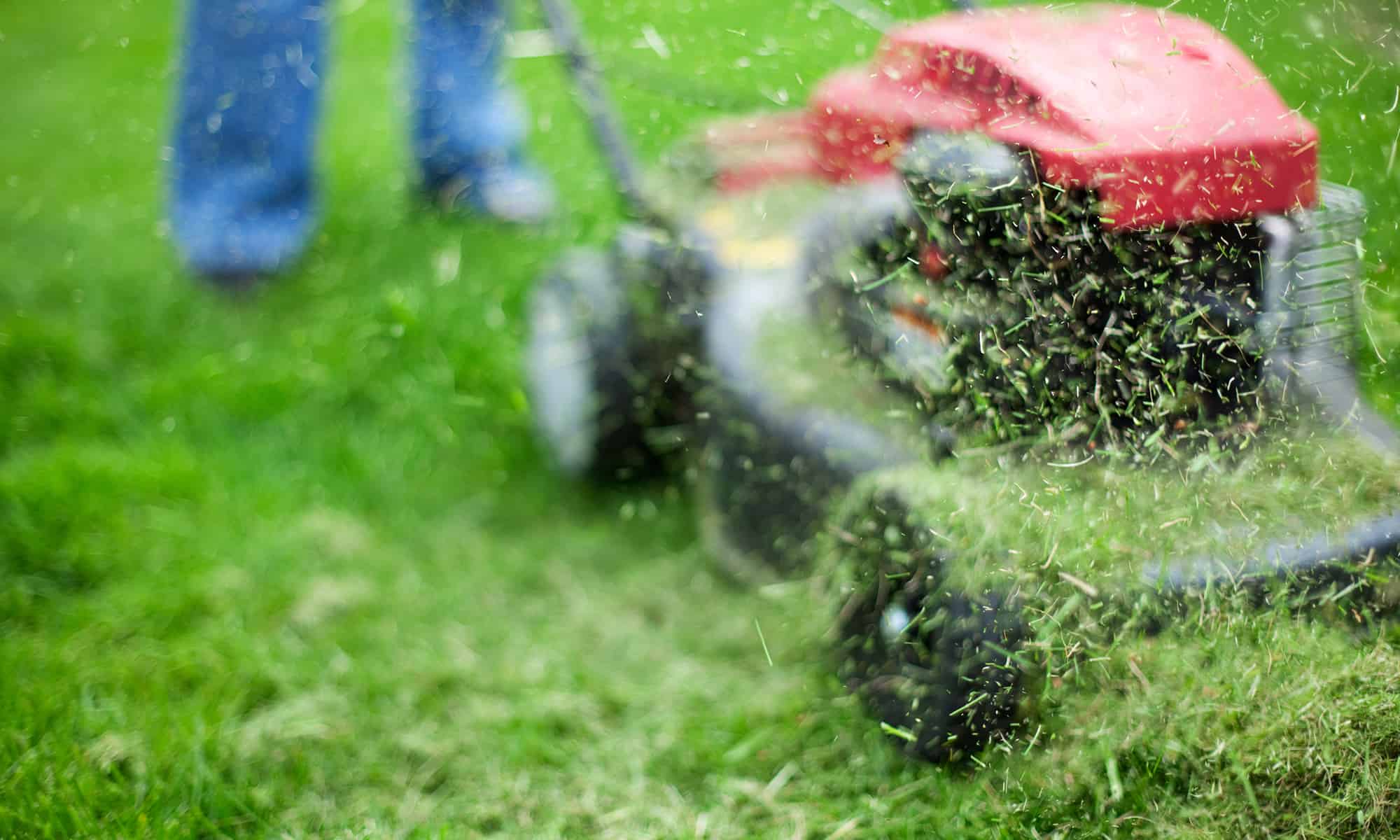


When deciding whether the grass clippings will be kept or not, this will depend on which kind of blades you will use for the lawn. Whether it is a 2-in-1 blade or a 3-in-1 blade. 2-in-1 blades discharge grass clippings through the mower's side-discharge chute or put it in a clipping collection bag.
Mulching blades are also known as 3-in-1 blades because it has added versatility. These blades can either side-discharge the grass clippings, or these can chop them into a fine mulch to be recirculated back into the lawn.
Blade Shape
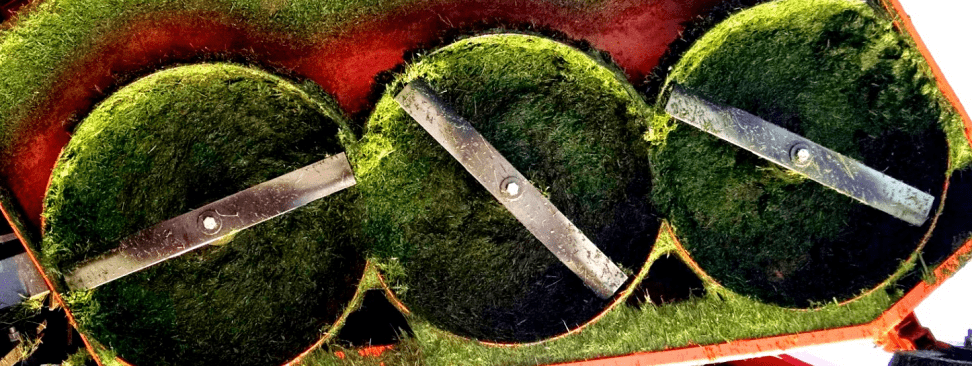


The difference between a mulching blade and a regular blade is its shape. A mulching blade has more curved edges to keep grass clippings circulating under the mower deck and to allow the blade to cut the clippings repeatedly into smaller and smaller pieces which will aid in faster decomposition.
A regular blade's shape, on the other hand, will depend on the type of the standard blade whether it is a low-lift, medium-lift, or high-lift. The regular type of blade will also depend on your preferred cutting height and what kind of soil your lawn has.
The Direction of Air Flow
Regular blades, depending on which type, are designed to create airflow that pulls grass clippings upward and throws them directly through the discharge chute for them to be bagged and clipped.
On the other hand, mulching blades make use of their curved design in recirculating the air stream that will direct the clippings back toward the blade after they are cut.
These clippings will now be smaller and shorter, as it is aimed to be used as a natural fertilizer for the lawn. In a sense, regular blades are unidirectional in nature while mulching blades are bidirectional.
Discharge Issues
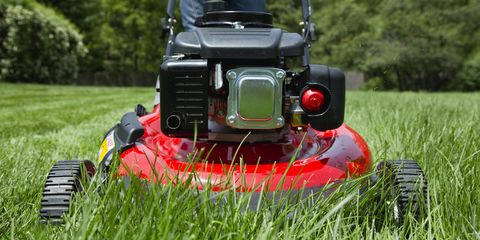


Mulching blades are designed to keep the clippings under the mower deck rather than sending them out immediately into a discharge chute. Even though mulching blades are also designed to keep clippings into a chute, these are not as efficient in discharging or bagging clippings as they would be with regular blades.
At the same time, regular blades do not chop clippings into small pieces the same way it is with mulching blades do. In fact, insufficiently chopped clippings have the tendency to clog regular blades and the underside of the mower deck which can cause premature wear for the blade and mower equipment.
With these pros and cons in mind, there are three types of lifting blades you can choose from. You can select which lifting blade is suitable for you depending on the height of the grass you have on your lawn and how frequently you mow it.
Low-Lift Blades
Low-lift blades also have a curved blade design though these are not as prominent as if they would be on high-lift blades. Low-lift blades are perfect if you have a lawn with short and less dense grass types. The type of soil or ground you are going to mow is also vital as the more debris or dust there is in the area, the more it could penetrate the inside components of the lawn mower. So if your lawn is a bit rocky, then the lack of suction of low-lift blades will allow the cut grass to exit the mower while keeping dust and debris levels down.
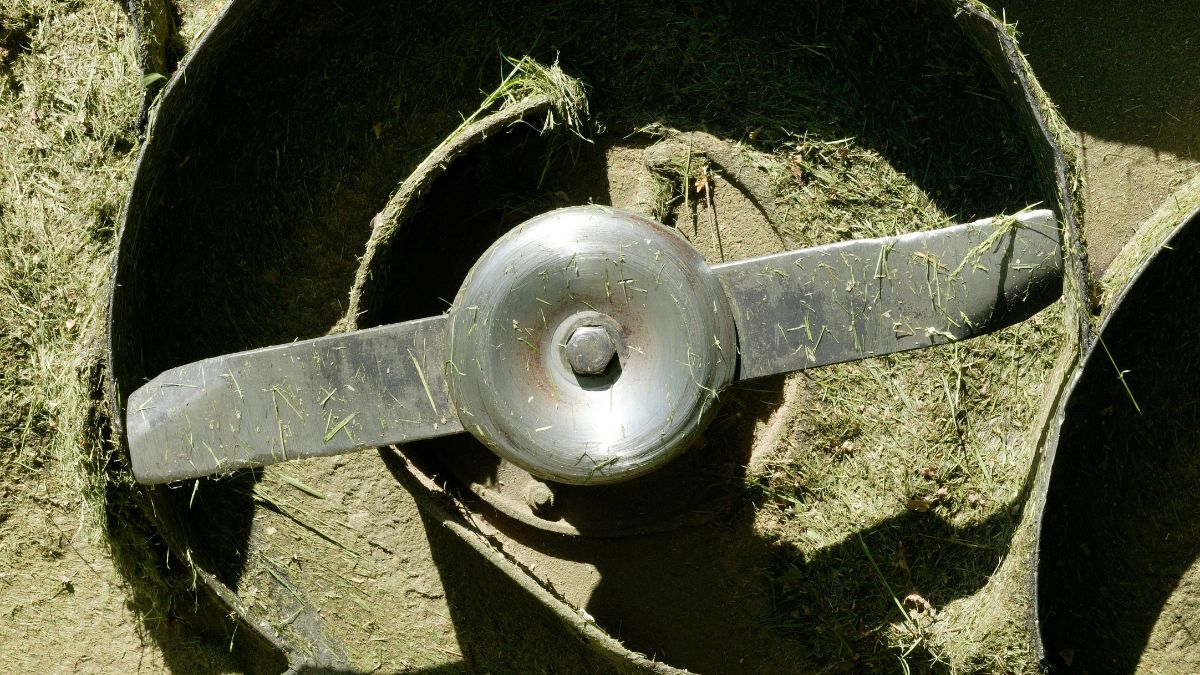


Medium-Lift Blades
Medium-lift blades typically have a straight edge. These blades have a slight upward angle on the edges which is just right for normal lawn areas that do not have excessive amounts of dust and debris. Choose these kinds of blades when your mower has a particular threshold horsepower requirement. These blades produce medium lifting or airflow but require less horsepower than high-lift blades.
High-Lift Blades
High-lift blades are recommended for bagging clippings. These blades have a more pronounced angle to create more lift. These blades are also recommended if the grass in your lawn is tall and dense. However, because it creates a higher lift, these blades cannot be used in areas that are dusty because these particles can easily penetrate the insides of the mower, resulting in premature wearing of the equipment.
In general, when it comes to power requirement, greater-lift blades need more horsepower than low-lift ones so be sure to check on the horsepower capacity of your lawn mower before deciding on which blades to get.
Mulching Blades
Another type of blade is mulching blades. These blades are also known as 3-in-1 blades because of their added feature of mulching. These blades have a greater curved surface and have several or longer cutting surfaces along their edges. Its design contributes to this blade's ability to recirculate air beneath the deck to be cut several times and discharged back into the soil.
Mulching blades are recommended if you want natural fertilizers to nourish your lawn. The small grass clippings that are disposed of back into the ground are decomposed. As they decompose, these give natural nutrients to the soil.
The downside of using mulching blades is they cannot be used for taller grasses, it needs a higher power requirement, and will not give off an evenly clean-cut grass lawn.
For mulching blades, there are two general types - the standard one and the gator mulching blades.
Gator mulching blades are designed with angled teeth on each end of the blade. The teeth are angled toward the center of the blade, which guides the grass to the cutting edge over and over again. This type of mulching blade is preferred if the grass is thick yet short.
Quick Tips For Choosing The Right Mower Blade
- Know your mower type: Different mower types use different types of blades. Make sure you know what type of mower you have (e.g. push, self-propelled, riding), and check the manufacturer's recommendations for the appropriate blade.
- Consider blade length: The length of the blade is an important factor to consider. Longer blades are generally better for thicker grasses, while shorter blades are better for shorter grasses. Make sure to choose a blade that's appropriate for the length and thickness of your lawn.
- Choose the right blade shape: There are several blade shapes to choose from, including flat, mulching, and high-lift. Flat blades are good for general mowing and bagging, while mulching blades are better for returning nutrients to the lawn. High-lift blades are better for mowing taller grass and providing greater suction for bagging.
- Check blade material: Blades can be made of different materials, such as steel, aluminum, or composite materials. Steel blades are generally the most durable, while aluminum blades are lighter and may be a good choice for smaller mowers. Composite blades may be a good choice for those who want to reduce noise and vibration.
- Look for quality: Quality is important when choosing a mower blade. Look for blades made by reputable manufacturers that use high-quality materials and have a good reputation for durability.
Conclusion
In conclusion, the type of cut your lawn will have will largely depend on which lawn mower-cutting blade you will use. At the same time, the type of lawn mower equipment, with its specific horsepower capacity and cutting deck type, will have to be considered when choosing the cutting blade you will have to use for your lawn. This is because not all types of cutting blades can be accommodated by all lawnmowers.
Always make sure to buy the ones that are appropriate for the model of your lawn mower. Some cutting blades require higher power requirements from the lawn mower engine to function efficiently and effectively.
Therefore, it cannot be stressed enough how important choosing the right mower-cutting blade is in the process of achieving that perfectly manicured and professional-looking lawn.

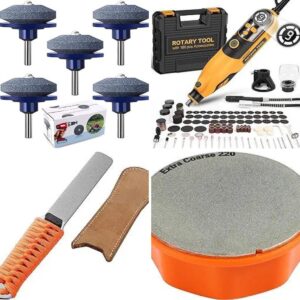
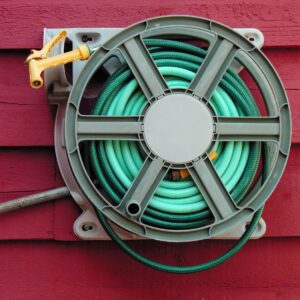


Comments
No Comments